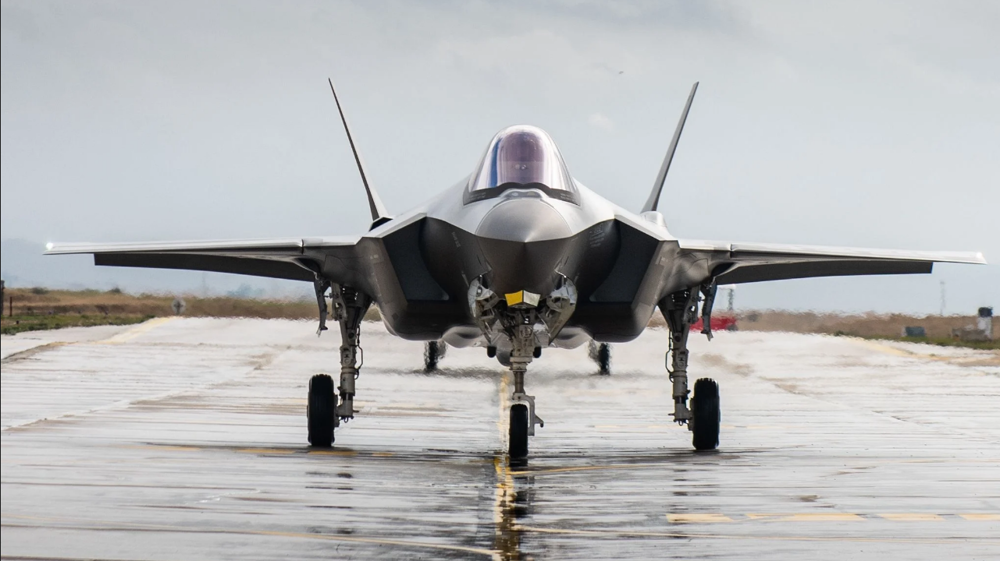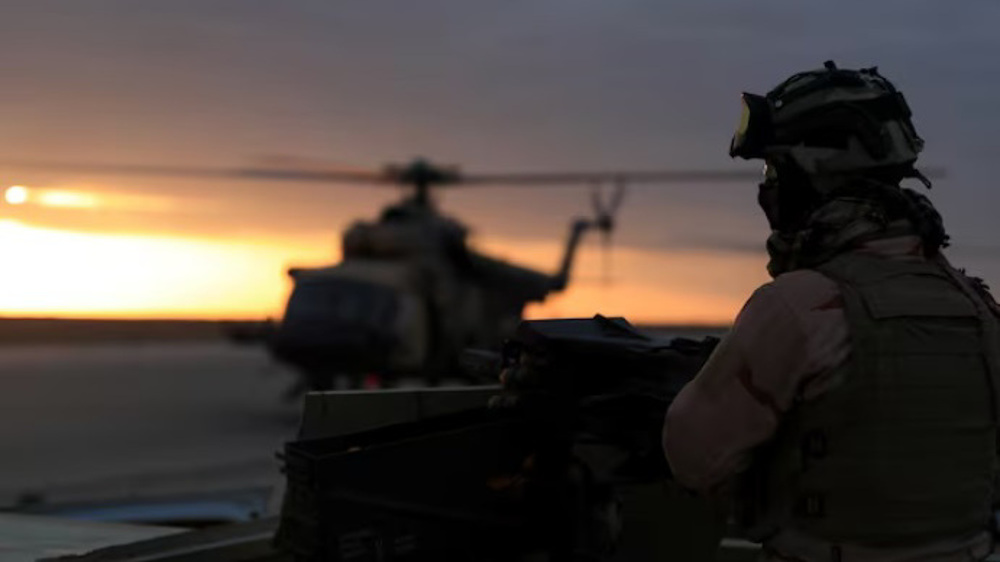NASA looking for alternatives to Russia’s Soyuz
The US National Aeronautics and Space Administration (NASA) is determined to end its reliance on Russian technology for space travel, paying billions of dollars to Boeing and SpaceX to come up with an alternative to Russia’s Soyuz spacecraft.
The organization, which risks losing its reputation for reliability over a series of failed launches, is hiring Boeing and the private aerospace manufacturer and commercial space transport company, SpaceX, to carry out manned missions to the International Space Station (ISS), the ABC News reported Monday.
Boeing received a $4.2 billion order for sending a crewed flight to space in May, and SpaceX was assigned a $2.4 order this Friday.
"It is important to have at least two healthy and robust capabilities from US companies to deliver crew and critical scientific experiments from American soil to the space station throughout its lifespan," NASA’s Commercial Crew Program Manager Kathy Lueders said in a statement.
NASA expects to blast off its first commercial crew mission in late 2017.
If successful, the new plan will put an end to NASA’s long-standing reliance on Russian technology for such purposes.

This will also allow NASA to save money as it has been paying more than $70 million per astronaut to the Russian Federal Space Agency to reserve seats on board the three-seated Soyuz spacecraft.
However, it is not yet clear if the new alternatives boast the same reliability as Russians' space technology, since this will be the first time that a private company will take on the task.
SpaceX is developing a capsule design for the mission known as the Crew Dragon, or Dragon V2, which is based on the company’s Dragon cargo capsules.

The commercial company has been already working with NASA on cargo resupply missions to the ISS.
SpaceX uses its own Falcon 9 launch vehicles to deliver the capsule. Despite having an impressive streak of 18 successful launches, the Falcon 9 received much criticism after disintegrating mid-air in July, destroying a 5200 lbs (2359kg) cargo which included a cutting-edge docking port for the space station, a new spacesuit and hours of research.
The incident marked NASA’s third launch failure in 8 months.
Boeing’s spacecraft is under development in collaboration with Bigelow Aerospace. It is also a capsule design, known as the Starliner.

Interestingly enough, the Starliner is designed to be launched by multiple vehicles, with SpaceX’s Falcon 9 among them.
NASA’s own manned vehicle, the Space Shuttle Program, met its end in 2011, after several unfortunate missions that killed all of the astronauts on-board.
VIDEO | Tehran residents condemn US-Israel orchestrated mosque arson, vandalism
VIDEO | South Koreans demand end to joint US military drills and provocative policy against North Korea
VIDEO | A silent grief: Palestinian man struggles to recover remains of wife, children
Hind Rajab Foundation files complaint against Israeli genocidal propagandist in US
VIDEO | Trump fighting allies on Greenland
Iran FM: Selective respect for deals now haunting Europe
Arab rights group urges UK to sanction Netanyahu over 'incitement to genocide' in Gaza
‘Political, non-constructive’: Iran slams UNHRC special session on recent riots












 This makes it easy to access the Press TV website
This makes it easy to access the Press TV website